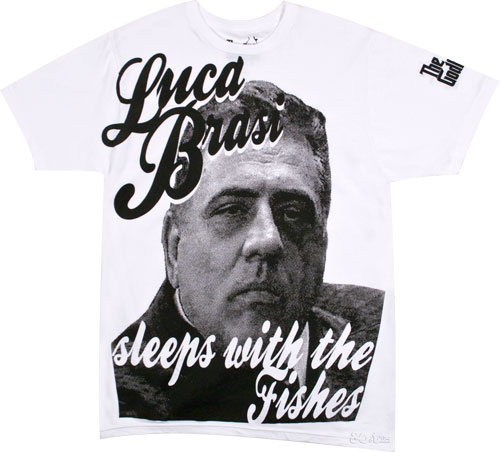The purpose of this study was to elaborate a checklist with an inspection scoring system at national level in order to assess compliance with sanitary hygiene requirements of food services.
The inspection scoring system was elaborated taking into account the guidelines drawn up by NYC Department of Food Safety and Mental Hygiene. Moreover the checklist was used simultaneously with the standard inspection protocol adopted by Servizio Igiene Alimenti Nutrizione (Servizio Igiene Alimenti Nutrizione – Ss. I.A.N) and defined by D.G.R 6 March 2017 – n. X/6299 Lombardy Region. Ss. I.A.N protocol consists of a qualitative response according to which we have generated a new protocol with three different grading: A, B and C.
The designed checklist was divided into 17 sections. Each section corresponds to prerequisites to be verified during the inspection. Every section includes the type of conformity to check and the type of violation: critical or general. Moreover, the failure to respect the expected compliance generates 4 severity levels that correspond to score classes.
A total of 7 food services were checked with the two different inspection methods. The checklist results generated a food safety score for each food service that ranged from 0.0 (no flaws observed) to 187.2, and generates three grading class: A (0.0-28.0); B (29.0 – 70.0) and C (>71.00). The results from the Ss. I. A. N grading method and the checklist show positive correlation (r=0.94, P>0.01) suggesting that the methods are comparable. Moreover, our scoring checklist is an easy and unique method compared to standard and allows also managers to perform effective surveillance programs in food service
Food safety in food services in Lombardy: proposal for an inspection-scoring model, 2017
Italian Journal of Food Safety vol. 6:6915
Claudia Balzaretti, Katia Razzini, Silvia Ziviani, Sabrina Ratti, Vexna Millicevic, Luca Chiesa, Sara Panseri, Marta Castrica
doi:10.4081/ijfs.2017.6915



 authorities.
authorities.  A study by the Australian Institute of Criminology warns that thieves – including bikie gangs – are exploiting national parks in New South Wales by using illegal divers and families using the guise of indigenous hunting.
A study by the Australian Institute of Criminology warns that thieves – including bikie gangs – are exploiting national parks in New South Wales by using illegal divers and families using the guise of indigenous hunting. 